Chopmarks on paper currency.
Chop marks on currency refer to the practice of marking or stamping a currency note or coin with a seal or chop by individuals or businesses. These marks are usually made with a specific purpose, and their presence or absence can indicate important information about the history and authenticity of a currency.
Chopmarks:
Origin and history: The use of chop marks on currency originated in China during the 17th century when coins were often melted down for their metal content. To prevent this practice, merchants began placing chop marks on their coins as a way of authenticating them. The practice later spread to other countries in Asia, including Japan and Korea, and became prevalent during the colonial era.
Purpose: Chop marks were originally used to indicate the authenticity of a coin or banknote. Merchants would place their personal or business seal on the currency to indicate that they had inspected it and found it to be genuine. These marks were also used to indicate that a note had been used as collateral for a loan or as payment for a debt.
Types of chop marks: Chop marks can be classified into three types. The first type is private or commercial chops, which are used by individuals or businesses to authenticate the currency. The second type is government chops, which are used by government officials to indicate that a note has been inspected or approved. The third type is censorship chops, which were used in some countries to indicate that a note had been approved for circulation and did not contain any subversive or seditious material.
Location of chop marks: Chop marks can be found on various parts of a banknote or coin, including the front, back, margins, and corners. In some cases, chop marks are placed over the portrait of a ruler or a prominent figure on a banknote, which can affect its value to collectors.
Impact on value: The presence of chop marks on a banknote or coin can have both positive and negative impacts on its value. In some cases, chop marks can enhance the authenticity and historical significance of a currency, making it more valuable to collectors. However, in other cases, chop marks can detract from the appearance and condition of a note, reducing its value.
Legal status: Chop marks on currency are generally legal, although there are some exceptions. In some countries, it is illegal to deface or alter currency, and placing a chop mark on a note or coin can be considered a violation of the law. Additionally, some banks and financial institutions may refuse to accept notes with chop marks, citing concerns about their authenticity or condition.
In conclusion, chop marks on currency are a fascinating aspect of numismatics and can provide important insights into the history and authenticity of a banknote or coin. While their impact on value can vary, chop marks are a valuable tool for collectors and historians alike.
The SSoIH chopmarks range from handwritten and drawn to stamped letters and logos.
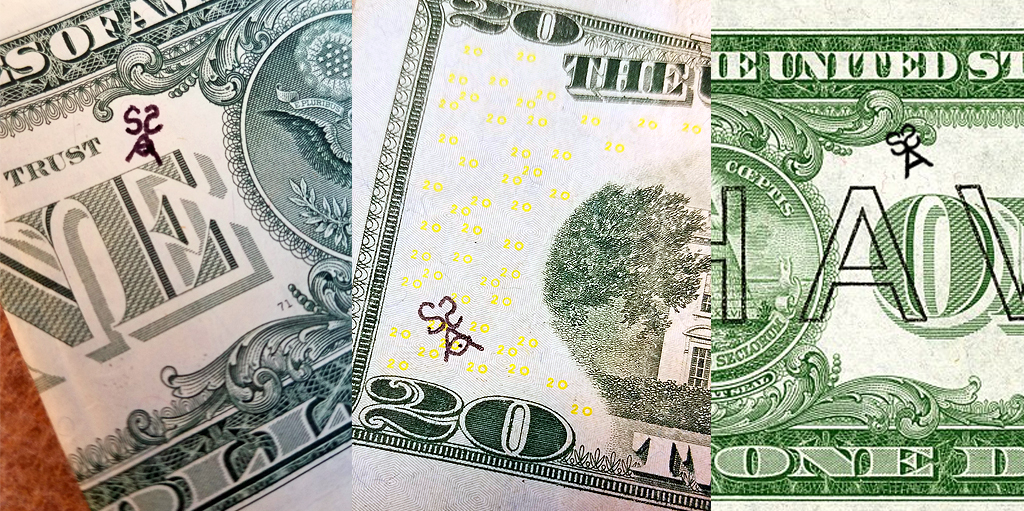 SSoIH initials written and stamped on paper currency. The last is on a Hawaii note. |
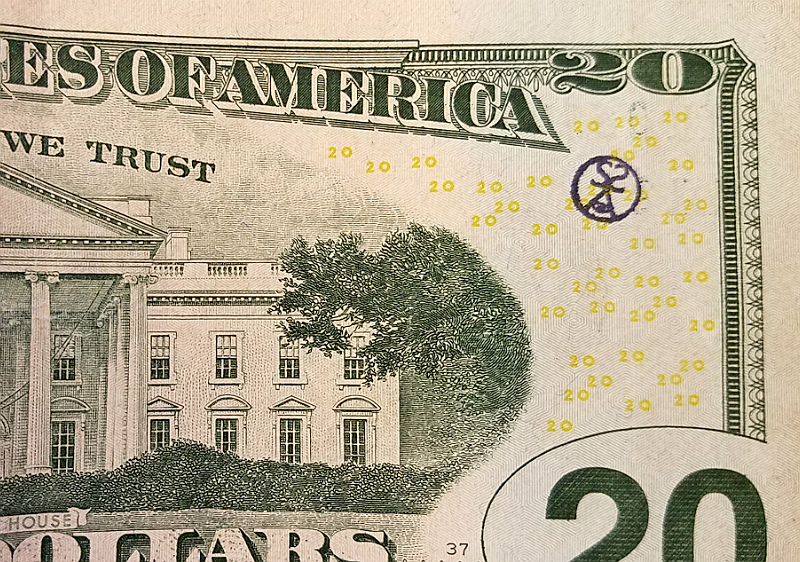 The SSoIH logo stamped on a newer style $20 note. |
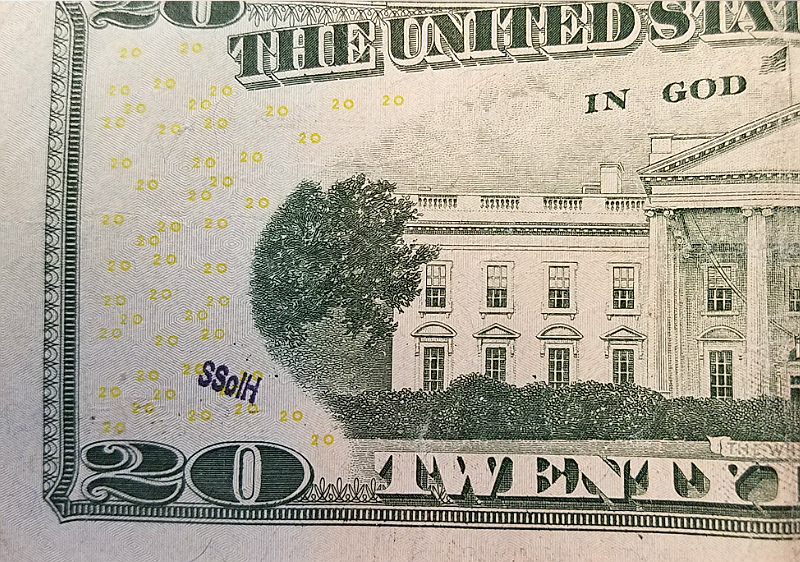 SSoIH initals stamped on the back of a newer US $20 note. |
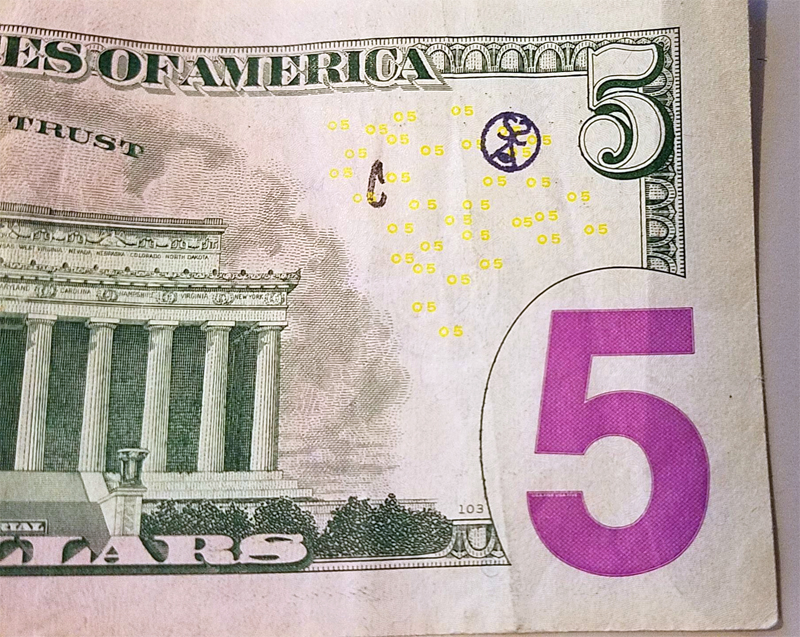 The SSoIH logo stamped on a $5 bill next to a "C" chop mark. |
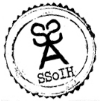 Return to Home page
Return to Home page

